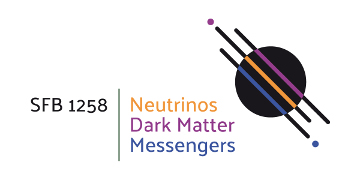Miguel Escudero (TUM): "Modern Neutrino Cosmology"
Neutrinos are ubiquitous in cosmology and they represent a relevant component of the energy density of the Universe across its entire history. This fact makes cosmology a key arena to understand the properties of the most elusive particles in the Standard Model. In the first part of this talk, I will review the main cosmological implications of neutrinos. In particular, I will discuss the role neutrinos play during Big Bang Nucleosynthesis and for the formation and evolution of the Cosmic Microwave Background. In the second part of this talk, I will discuss some recent developments in neutrino cosmology. In particular, I will critically examine the current cosmological bounds on the neutrino masses and compare them with the expected sensitivity at KATRIN. I will also discuss the feasibility of the detection of the Cosmic Neutrino Background at a PTOLEMY-like experiment. To conclude, I will review the role neutrinos can play with regards to the outstanding Hubble tension.
Chang Lee (MPP): MADMAX: "Post-inflationary axion dark matter direct detection experiment"
Motivated initially to solve the Strong CP problem, the axions are strong candidates of cold dark matter. If the axions are generated after cosmic Inflation, they are likely to have a mass around 100 µeV, beyond the reach of the conventional cavity-based experiments. The MADMAX collaboration aims to detect the post-inflationary QCD axion using a new detector concept; a dielectric haloscope. I will explain the principle of detection, report current measurement using a proof-of-principle setup, and describe the plan to scan the parameter space of 40-400 µeV.


